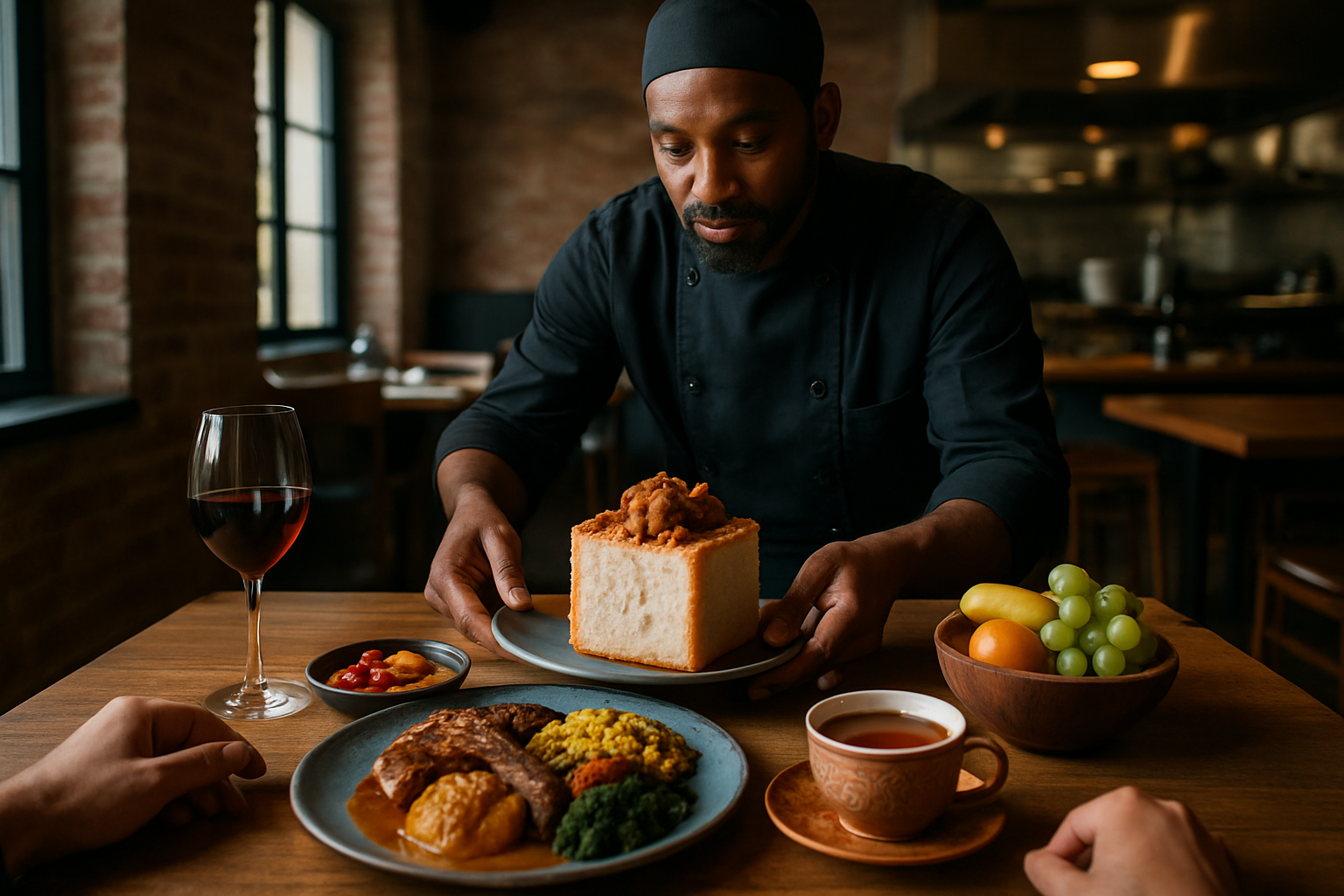Mastering Restaurant Dining: A Complete Experience Guide
Discover how restaurants transform meals into memorable experiences. This guide explores what makes dining exceptional — from atmosphere and service to ingredient quality and pricing — helping you choose the right spot for every occasion, whether it's casual fare or refined fine dining.

Mastering Restaurant Dining: A Complete Experience Guide
Restaurants are more than places to eat; they are social stages where moments are created, celebrations take shape, and culinary creativity is showcased. Whether you prefer relaxed neighborhood spots or formal tasting menus, understanding what contributes to a standout meal helps you select venues that match mood, budget, and expectations.
What makes an outstanding dining outing?
A great restaurant visit is the sum of many parts. While the food is central, elements like attentive service, deliberately designed ambiance, and flawless timing between courses elevate the experience. Lighting and music set the mood, tableware and plating affect perception, and staff coordination determines the flow of the evening. When these pieces are thoughtfully orchestrated, guests feel cared for and fully immersed in the meal.
Service matters just as much as cuisine. Professional servers anticipate needs, explain dishes clearly, and manage pacing so guests can savor each course without undue waits or rush. Clean, well-laid tables and a comfortable environment also shape impressions; a calm dining room with an appropriate noise level and temperature keeps focus on the food and conversation.
Core components of restaurant food quality
Dish excellence begins with ingredient selection. Fresh, seasonal produce and well-sourced proteins provide the foundation for great flavor. Skilled preparation and cooking techniques—proper seasoning, correct temperatures, and timing—ensure consistency across plates. Presentation also counts: attractive plating enhances appetite and communicates care.
Behind the scenes, professional kitchens operate with standards designed to maintain quality. Recipes, portioning, and plating guides help cooks reproduce signature dishes reliably. Quality control checks, from tasting to visual inspection, reduce errors and make sure diners receive food that meets the restaurant’s promise.
How to pick the right restaurant for your occasion
Choosing an appropriate venue requires balancing several factors. Consider the cuisine type: do you crave a familiar comfort dish, ethnic specialties, or an adventurous tasting menu? Next, factor in the budget: some evenings call for wallet-friendly meals, others justify splurges for an extraordinary tasting experience.
Think about atmosphere and service style. A milestone celebration may benefit from an elegant dining room, sommelier service, and multiple courses, while a weekend catch-up might be better suited to a lively bistro with shareable plates. Location, accessibility, and dress code are practical considerations that affect comfort and logistics. Reading recent reviews and checking menus online can help you align expectations and avoid surprises.
Understanding pricing and perceived value
Restaurant pricing varies according to location, culinary technique, ingredient quality, and service level. Knowing average cost ranges helps set realistic expectations for different categories of dining. Value isn’t only about price; it’s about what you get for what you pay: portion size, ingredient quality, service attentiveness, and the overall atmosphere all feed into perceived satisfaction.
| Restaurant Type | Average Meal Cost Per Person | Typical Inclusions |
|---|---|---|
| Fast Casual | $15-25 | Main dish, drink |
| Casual Dining | $25-50 | Appetizer, main, drink |
| Fine Dining | $75-200+ | Multiple courses, service |
| Buffet | $20-40 | All-you-can-eat options |
Prices, rates, or cost estimates mentioned in this article are based on the latest available information but may change over time. Independent research is advised before making financial decisions.
Tips for maximizing your dining experience
Plan ahead for special occasions by reserving a table and noting any dietary preferences or accessibility needs. For new restaurants, browse recent menus and photos, or ask friends for firsthand impressions. If wine pairing matters, consult the wine list or request a sommelier’s recommendation. During the meal, communicate politely with staff about timing or preferences—most teams appreciate clear feedback and will accommodate reasonable requests.
The industry’s evolution and final thoughts
The restaurant landscape continually adapts to changing tastes, technology, and economic conditions. Many establishments now offer flexible formats—from delivery-friendly kitchens to intimate chef’s tables—so diners can find options that fit any lifestyle. Understanding the elements that shape quality and value empowers you to choose restaurants that turn ordinary meals into memorable experiences.
Whether you’re seeking quick, comforting food or a carefully curated multi-course evening, thoughtful choices about venue, menu, and expectations will help you savor the full spectrum of dining possibilities.






